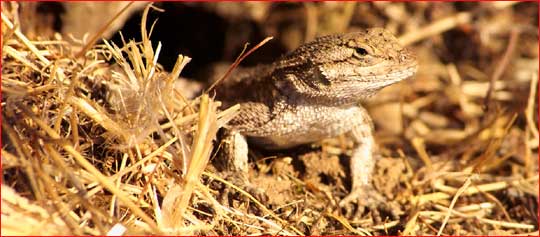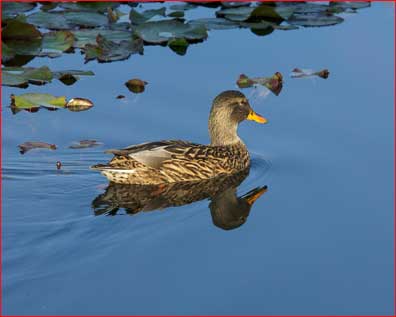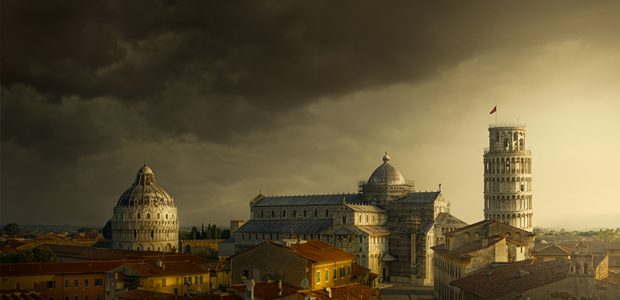In a recent article entitledWhither NikonI looked at Nikon’s introduction of its new DX lens line, designed for reduced frame digital cameras. I questioned the wisdom of this move, beyond providing true wide-angle capability to existing DSLRs. In this commentary Nikon photographer Jim Norris explores the current state of Nikon lens mount based digital cameras. — Michael
By: Jim Norris
A Wide Variety of Cameras — Three Different Manufacturers
Many of us have used Nikon cameras for years and have accumulated a collection of Nikon or Nikon-compatible lenses and accessories. We should consider ourselves lucky since it looks like only Canon, Contax, Pentax and Nikon lenses will be useable with the new generation of digital single lens reflex cameras. Pity those who have extensive Leica, Olympus or Minolta lens collections. Their migration path to the world of digital is much more problematic, not to mention expensive.
The revolution in digital imaging has reached the point that every “serious” photographer has to consider going digital. Luckily, with Nikon, you have several choices. In fact this is one of the great strengths of the Nikon lens system. There are three different manufacturers currently making digital SLRs that use the classic Nikon lens mount — Nikon, Fuji and Kodak.
Currently, the cameras to choose from are:
—Nikon D1H,D1X,D100
—Fuji Finepix S2 Pro
—Kodak DCS 760andKodak DCS 14n
Each camera is aimed at a different audience:
• TheNikon D1Hif you’re a sports photographer, or work for a newspaper or magazine (print or electronic).
• TheFuji S2,Nikon D1X,Kodak DCS 760if you’re a photographer who rarely has to make enlargements larger than 16×20.
• TheNikon D100if you’re a photographer who needs a lightweight camera with high resolution.
• TheKodak DCS Pro 14nif you’re a photographer who routinely makes enlargements larger than 16×20, or you crop your images substantially.

But wait; how can I recommend that anyone buy anything other than a “full frame” DSLR? Isn’t the only way to go right now the Kodak 14n? Shouldn’t I move to the Kodak or at least wait until Nikon introduces its full frame model?
Frankly, no…
For example, I use a D1X for wildlife photography (using primarily the Nikon 80-400 VR lens) and find that the 1.5 magnification (actually cropping) factor is a great help in getting close to the wildlife subjects that I shoot. And, with this lens as well as several other Nikon lenses I am able to make 24×30” enlargements using an Epson 7600 printer. Now, of course, not every image will be suitable for that degree of enlargement. The main reasons I have found for unsuitability are poor photographic technique — not quite in focus, camera shake, etc.
Of course, the magnification factor of this camera, and all of the others except the Kodak DCS14n, takes it toll when it comes to wide-angle photography. That’s why I’m actually looking forward to the new DX series of lenses. Once my wide angle needs are met the 1.5X cropping factor simply won’t be an issue for me.

Ensuring Success
Because successful digital photography is a “process”, Nikon shooters have to be aware of a few issues that will insure your images are of the highest quality possible:
• Shoot in uncompressed RAW
• UseBibbleto convert to TIFFs in 4018 x 2624 mode.
• When making very large prints enlarge your images using Photoshop bicubic sampling, but enlarge only 110% at a time. (Fred Mirandahas an action on his web site that will do this automatically.)
• Don’t sharpen until you are ready to print, and then spend some time with the parameters. Start at about (400, 0.8, 3) and experiment until you get the degree of sharpening you want.
• If you’re using a flash, remember that unless the Nikon flash unit’s name ends in DX, with won’t work in TTL mode with the D series cameras.
• If you like to do macro photography, as I do, realize that the SB29 ring flash will not work with the D series. The SB 29s will work, but not in TTL mode. I now use an SB 80DX on a sync cord for macro work; it works quite well.
I have shot pictures with all the cameras listed above (other than the DCS 14n) and they’re all excellent for their intended use. The biggest drawback right now is price. In that regard the imminent introduction of the DCS 14n at $4,999 may work to the advantage of someone who understands his or her real needs. I would suspect that the prices for all these cameras, other than possibly the D100, will drop as the “full frame” models come to market.
© 2002 Jim Norris
Jim Norris is a chemist by profession. He currently lives in the Bay Area of California. Jim has been using photography in his work for over thirty years. He is also a "serious" amateur photographer specializing in wildlife and macro photography. He may be contactedhere.
You May Also Enjoy...
Digital Desert
By: Scott L. Robertson My wife, Nicci, and I visited the southwest African country of Namibia and the Western Cape region of South Africa in
A moment of clarity: The Leaning Tower of Pisa and Florence
FacebookTweet The danger of going somewhere well known is everyone’s going to have the same image. My images of the Leaning Tower of Pisa and

